Blog
What is Carbon Steel: Types, Uses, and Benefits
Walk around any city and you’ll find carbon steel hiding in plain sight. It’s in the bridges that hold traffic every day, the buildings we live and work in, and even in the simple tools we keep at home.
Metal Forming: Definition, Types, Processes and Tips
Metal is everywhere around us. The cars we drive, the tools we use, even the smallest household items; most of them begin as raw sheets or blocks of metal that are reshaped into something useful. That reshaping is what we call metal forming.
Custom Aluminum Fabrication
Custom aluminum fabrication is one of the prime services required for businesses and individuals needing lightweight, durable, and corrosion-resistant metal parts tailored to specific designs.
Benefits of Using Laser Cutting for Metal Fabrication
Laser cutting offers a clean, accurate, and efficient solution for fabricating a wide range of metal parts. With industries demanding high precision and quick turnaround times, laser cutting has quickly become the preferred method in modern metal fabrication.
Common Design Mistakes to Avoid in Sheet Metal Fabrication
Sheet metal fabrication is a crucial component of manufacturing for a diverse range of industries, including construction and aerospace. However, while the process may seem straightforward on paper, minor design oversights can turn into major setbacks during production.
How to Cut Galvanized Steel
Galvanized steel is one of the most widely used materials in both industrial and DIY projects. Its rust-resistant properties, strength, and versatility make it ...
Metal Grating: Types, Standards and Uses
Metal grating is a key material used in various industries for its durability, strength, and versatility. It is used in applications where safety, strength, and stability are essential.
What is Sheet Metal Fabrication
When it comes to building everything from household appliances to large industrial structures, sheet metal plays a vital role.
How To Weld Aluminum
Welding aluminum might seem straightforward at first glance, but it’s actually a bit more nuanced than welding steel or other common metals.
What Is Aluminum Used For? Common Uses Of Aluminum
Aluminum is one of the most widely used metals worldwide, with its influence and applications spanning numerous and diverse industries.
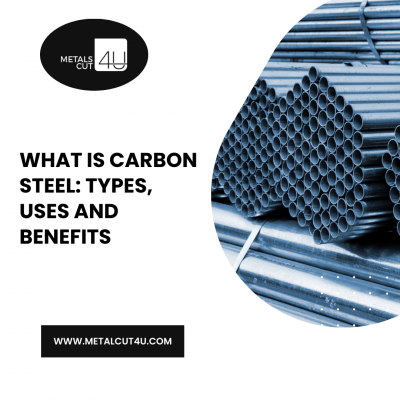
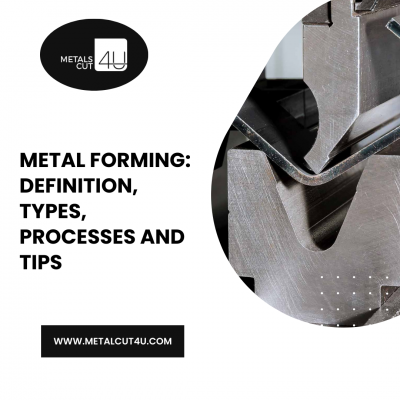



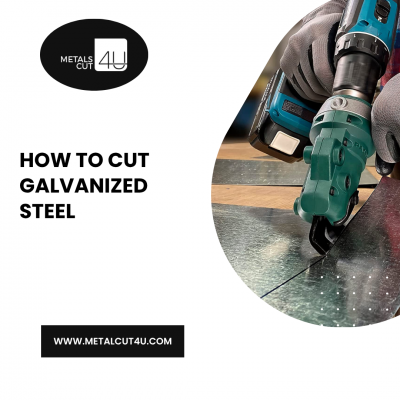
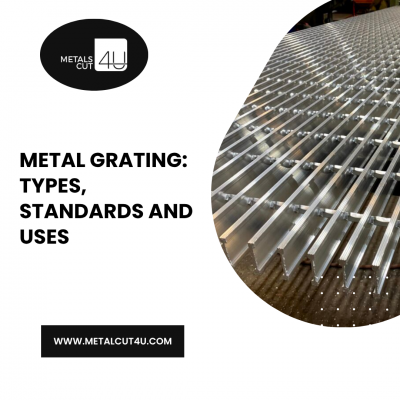
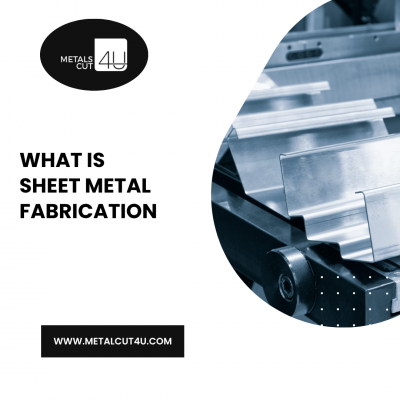



David Martin